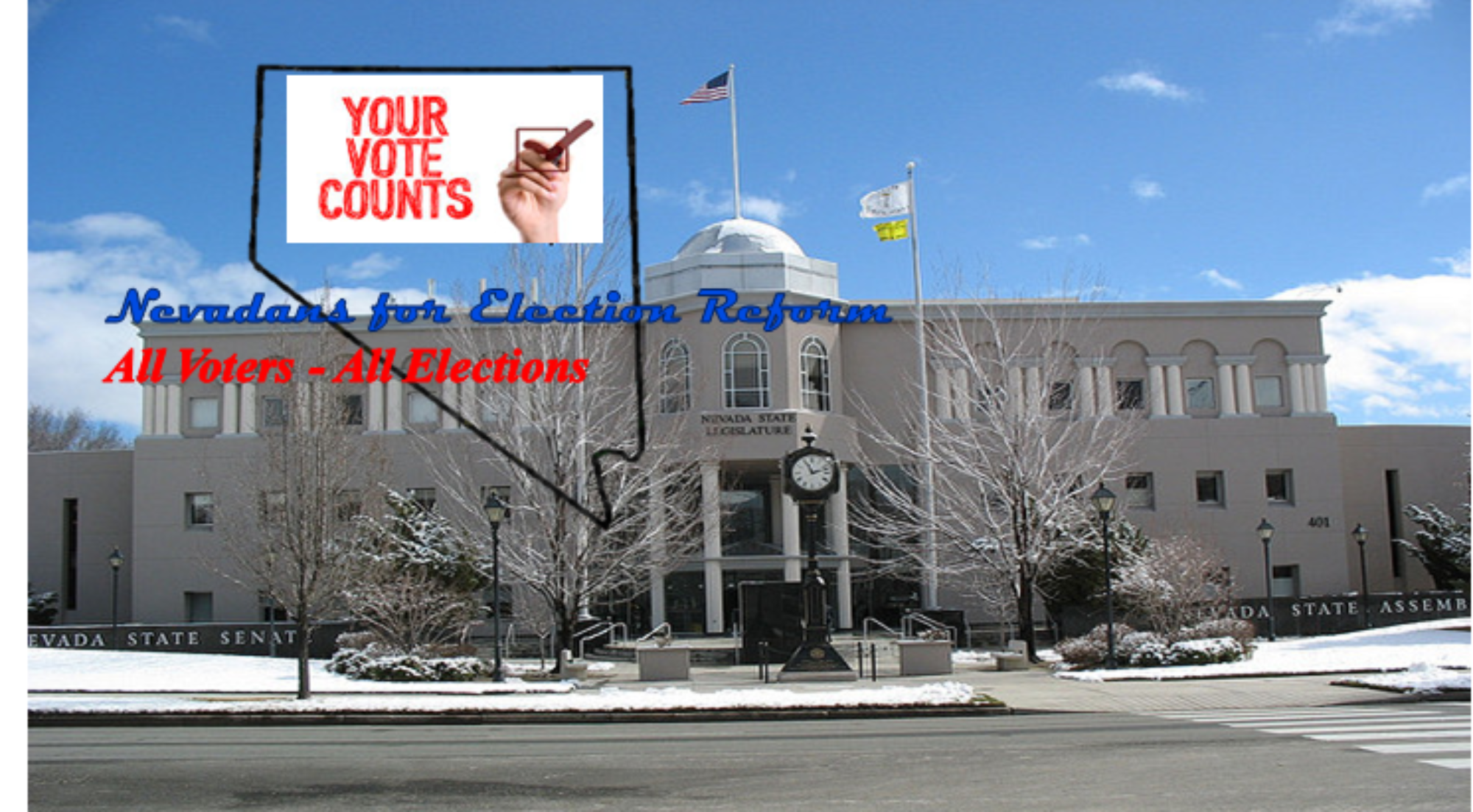The goal of any election, whether for political or organizational office, is for the winner to be the candidate that receives the majority of the votes cast. Using an election process that ensures a majority, rather than a plurality winner, means the candidate elected most likely represents the views of a majority of their constituents.
Perhaps that is why 17 political jurisdictions, 101 political parties, organizations and corporations, and 68 colleges and universities use some form of Ranked Choice / Instant Runoff Voting (RCV / IRV). (* These numbers represent those reported. Actual use could be higher) Perhaps that is why The Utah Republican Party and the Arlington County, VA, County Democratic Committee (ACDC) have implemented RCV / IRV. Perhaps that is why Roberts Rules of Order, the leading parliamentary standard includes the use of RCV / IRV. Perhaps that is why politicians, political organizations and publications endorse RCV / IRV. Perhaps that is why a system first used in the late 1800’s is still in use today.
There is a slightly held misconception that RCV / IRV is difficult to understand, that voters will have difficulty casting their ballots and not accept RCV / IRV. Exit data and polls combined with the level of use outlined above clearly put that misconception to rest.
In one group of polling data looking at San Francisco, CA; Burlington, VT; Takoma Park, MD; Cary, NC; and Hendersonville, NC, an average 89 percent of voters understood RCV / IRV. 78.4 percent preferred its use.
In Portland, ME, 94 percent of voters understood RCV / IRV with 66 percent finding it easy. Voters also found campaigns to be more positive with more information available.
In Minneapolis, MN, 90 percent understood the process and 95 percent found it simple to use. When asked if they favored RCV / IRV, 68 percent either preferred it or said it didn’t matter while 65 percent wanted it used in future elections.
The above examples are for uses of RCV / IRV in the pure sense. Since no primary election is held, some races have had a large number of candidates requiring several rounds of runoff. However, voters still understood and accepted the process.
The Nevada Election Modernization and Reform Act (NEMRA) makes the process even easier to understand and use. Because NEMRA includes a primary election narrowing the general election field down to three requiring only one round of runoff should no candidate receive 50 percent plus one first choice votes, the process of ranking several candidates is reduced to simply selecting a first and second choice. The difference between the current primary / general election system and NEMRA is negligible while the benefit is substantial. This should result in even greater voter acceptance than experienced in other jurisdictions.
Another election method that ensures a majority winner that is used in Washington and California, and in modified form in Louisiana, and Nebraska is the Top-Two non-partisan open blanket primary. With voters selecting the two candidates moving forward to the general election, one candidate will receive the majority of the votes cast. However, as I detailed in August “You Can’t Compare NEMRA to California’s Top-Two”, NEMRA has the potential to provide greater benefits to candidates, voters, political parties, and governing bodies.
It’s no secret that partisanship now shapes our daily lives more than any other issue. Getting our political discussion back to a level where legislatures can solve the issues facing their constituents should be a priority. The Arlington County Democratic Party in Virginia and voters in Portland, ME verify what other studies have found, systems that use RCV / IRV can accomplish this.
2015 is the year Nevada can join the nearly 200 reported (*actual use could be higher) governmental, political and private, and educational institutions and groups that have implemented RCV / IRV by enacting NEMRA. These organizations have found this system, which ensures a more representative governing body, where election winners have the clear support of a majority of the electorate, is widely accepted and easily understood. Nevadans deserve no less.
